Introduction
Zongzi, also known as rice dumplings wrapped in bamboo leaves, are a traditional Chinese food associated with the Dragon Boat Festival, which falls on the fifth day of the fifth lunar month. This festival commemorates the ancient poet Qu Yuan, who drowned himself in the Miluo River in protest against corruption and injustice. To prevent fish from eating his body, villagers threw rice-filled dumplings into the water, which eventually evolved into the modern-day zongzi.
Making zongzi is not only a culinary art but also a way to preserve cultural heritage and pass down traditions from generation to generation. The process involves several steps, from preparing the ingredients to wrapping and cooking the dumplings. In this comprehensive guide, we will walk you through how to make zongzi, ensuring that you can enjoy this delicious and culturally significant dish at home.
Ingredients

Before we dive into the steps, let’s list down the ingredients you’ll need:
- Glutinous Rice: The staple of zongzi, glutinous rice (also known as sticky rice) is a type of rice with a high starch content that gives it a sticky texture when cooked.
- Bamboo Leaves: These are used to wrap the rice and fillings, giving zongzi their distinctive shape and flavor. Fresh or dried bamboo leaves can be used; if using dried, soak them in water overnight to soften.
- Fillings: Zongzi can be filled with various ingredients, such as sweetened red bean paste, salted egg yolks, pork belly, lotus seed paste, and mushrooms. The choice of filling often depends on regional preferences.
- Strings or Cotton Twine: Used to tie the wrapped zongzi securely.
- Water: For boiling or steaming the zongzi.
- Seasonings: Depending on your filling, you may need seasonings like soy sauce, salt, five-spice powder, and sugar.
Preparation
-
Soaking the Rice:
- Rinse the glutinous rice under cold running water until the water runs clear.
- Place the rice in a large bowl or pot and cover with water. Soak for at least 4 hours or overnight. Soaking helps the rice absorb water and cook more evenly.
-
Preparing the Bamboo Leaves:
- If using fresh bamboo leaves, wash them thoroughly under cold running water to remove any dirt or debris.
- If using dried bamboo leaves, soak them in a large pot of water overnight. The next day, drain and rinse them well.
- Boil the bamboo leaves for about 5-10 minutes to soften them and remove any bitterness. This also helps to make them more flexible and easier to wrap.
- Drain the leaves and let them cool slightly before handling.
-
Preparing the Fillings:
- Depending on your chosen filling, prepare it accordingly. For example, if using pork belly, marinate it with soy sauce, salt, sugar, and five-spice powder for at least a few hours or overnight.
- Hard-boil eggs and separate the yolks if using salted egg yolks as a filling.
- Prepare sweetened red bean paste or lotus seed paste by mixing with a little water or oil to achieve a spreadable consistency.
Wrapping the Zongzi
Wrapping zongzi can be a bit tricky, but with practice, you’ll get the hang of it. Here’s a step-by-step guide:
-
Lay Out the Bamboo Leaf:
Take one bamboo leaf and lay it flat on a clean surface with the shiny side up. If the leaf is large, you can fold it in half lengthwise to create a narrower, more manageable strip.
-
Form the Cone:
Fold the bottom end of the leaf up to create a small point. Then, fold the two sides inwards to form a cone shape. Hold the cone securely with one hand.
-
Add the Rice and Filling:
- Spoon a layer of soaked glutinous rice into the cone, filling it about halfway.
- Add your chosen filling on top of the rice. This could be a piece of pork belly, a salted egg yolk, or a spoonful of sweetened red bean paste.
- Cover the filling with another layer of rice, packing it down gently but firmly to ensure the zongzi holds its shape.
-
Seal the Zongzi:
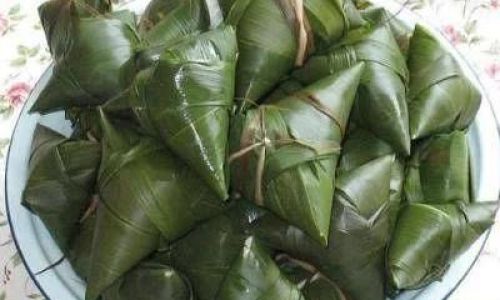
- Fold the top of the cone down over the rice, covering it completely. Then, fold the two sides inwards to seal the top.
- If necessary, use an extra bamboo leaf or two to patch any gaps or reinforce the seal.
-
Tie the Zongzi:
- Use a string or cotton twine to tie the zongzi securely. Start at the top and wrap the string around the zongzi several times, ensuring it’s tight but not too tight to burst the dumpling during cooking.
- Knot the string and trim any excess.
Cooking the Zongzi
There are two main methods for cooking zongzi: boiling and steaming.
Boiling Method:
-
Fill a Large Pot with Water:
Place a large pot on the stove and fill it with enough water to fully submerge the zongzi. Bring the water to a boil.
-
Add the Zongzi:
Carefully lower the zongzi into the boiling water using a slotted spoon or tongs. Make sure they are not overcrowded; they should have enough room to move around slightly.
-
Boil:
- Boil the zongzi over medium-high heat for about 2-3 hours, depending on their size. Smaller zongzi may take less time, while larger ones may need more.
- Check the water level occasionally and add more boiling water if necessary to keep the zongzi fully submerged.
-
Check for Doneness:
After the cooking time is up, remove one zongzi and let it cool slightly.Unwrap it carefully and check to see if the rice is tender and cooked through. If not, return the zongzi to the pot and boil for another 30 minutes or until done.
Steaming Method:
-
Set Up the Steamer:
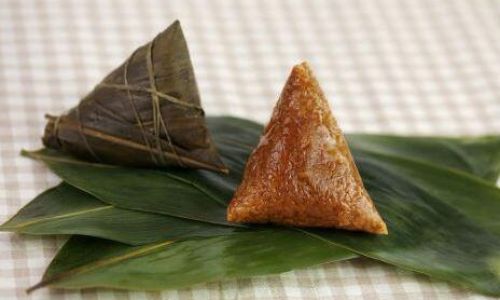
- Fill a large pot or wok with enough water to reach just below the bottom of the steamer basket. Bring the water to a boil.
- Place the steamer basket in the pot and make sure it’s secure.
-
Arrange the Zongzi:
- Line the steamer basket with parchment paper or banana leaves to prevent sticking.
- Arrange the zongzi in the basket, leaving some space between them.
-
Steam:
Cover the pot and steam the zongzi over medium-high heat for about 3-4 hours, depending on their size. Check the water level occasionally and add more boiling water if necessary to prevent the pot from drying out.
-
Check for Doneness:
After the steaming time is up, remove one zongzi and let it cool slightly.Unwrap it carefully and check to see if the rice is tender and cooked through. If not, return the zongzi to the steamer and steam for another 30 minutes or until done.
Serving and Enjoying
Once the zongzi are cooked, let them cool slightly before handling.Unwrap them carefully and serve warm or at room temperature. Zongzi can be enjoyed on their own or with a dipping sauce made from soy sauce, vinegar, and a touch of sugar or chili oil.
Storage
Leftover zongzi can be stored in the refrigerator for up to a week. To reheat, steam or boil them for about 10-15 minutes until heated through. Alternatively, you can freeze them for longer storage. To reheat frozen zongzi, thaw them overnight in the refrigerator and then steam or boil as described above.
Conclusion
Making zongzi is a rewarding culinary experience that combines tradition, patience, and creativity. By following this step-by-step guide, you can create delicious and authentic zongzi that will delight your family and friends. Whether you choose a sweet or savory filling, the process of preparing and cooking these traditional dumplings is sure to become a cherished part of your cultural heritage. Enjoy the journey of making zongzi and savor the flavors of this timeless dish.

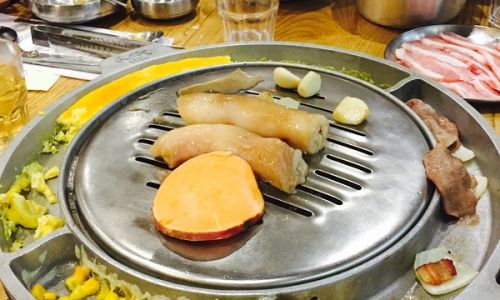

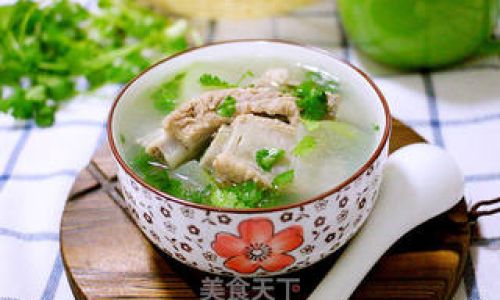
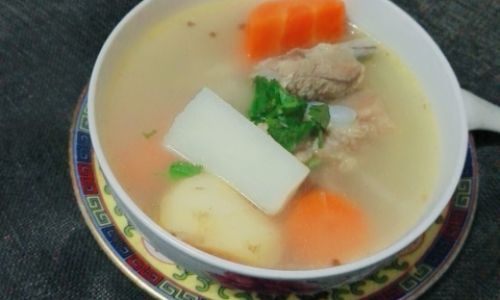
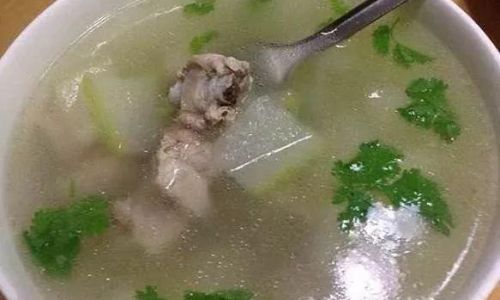
0 comments